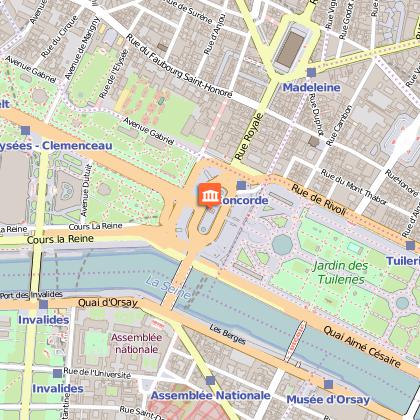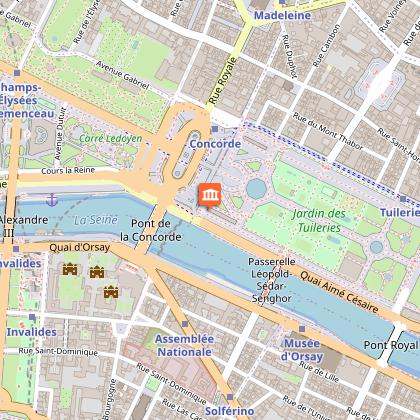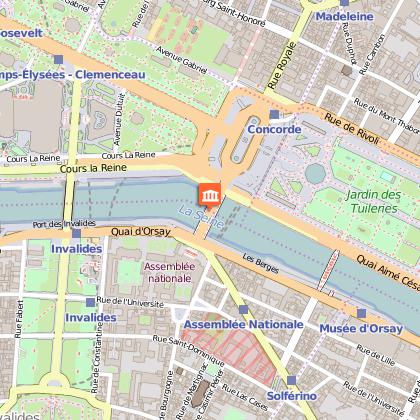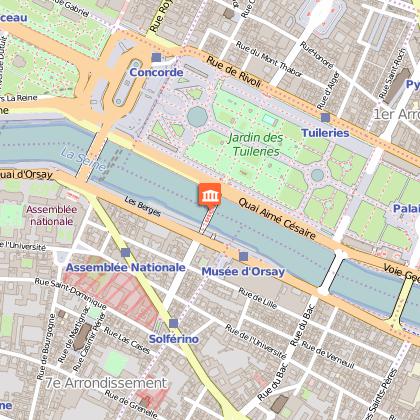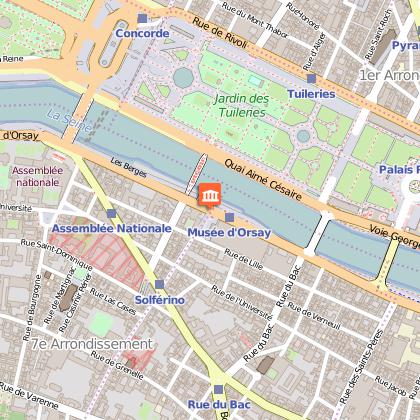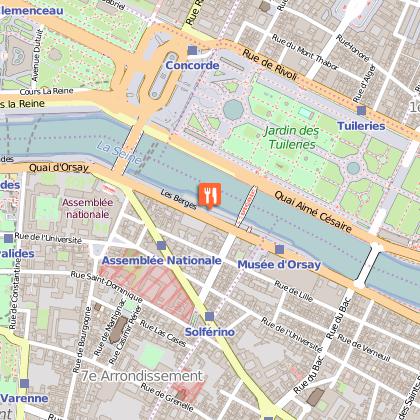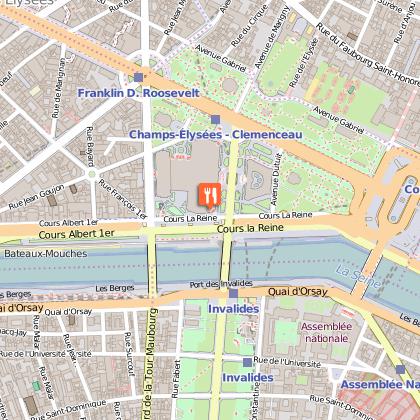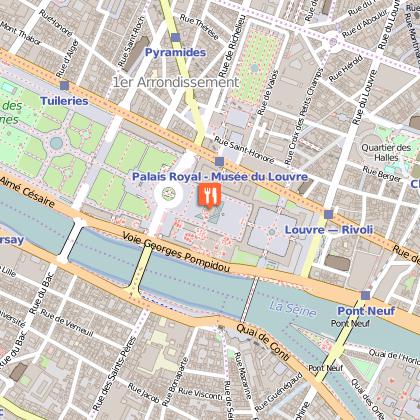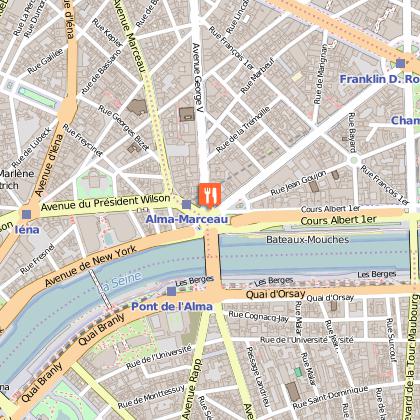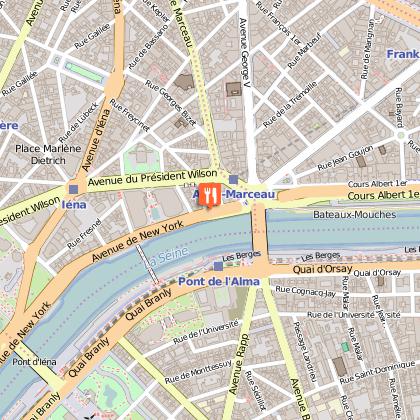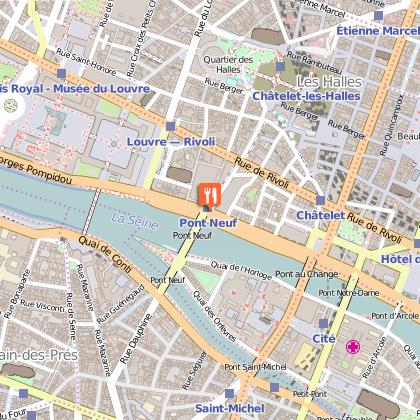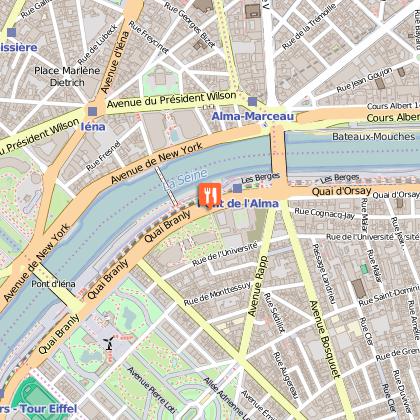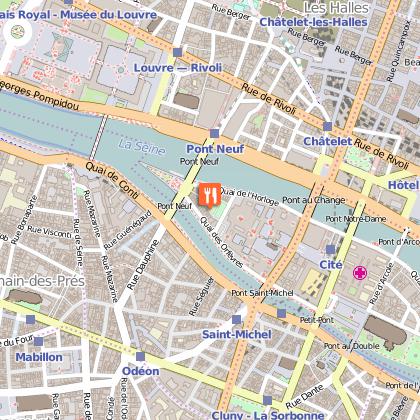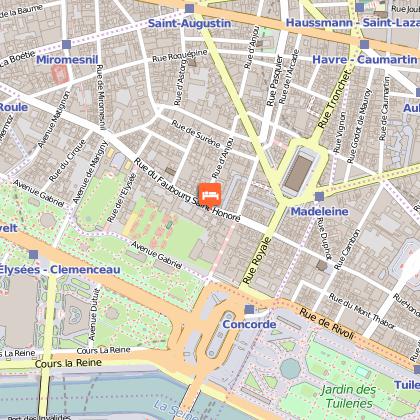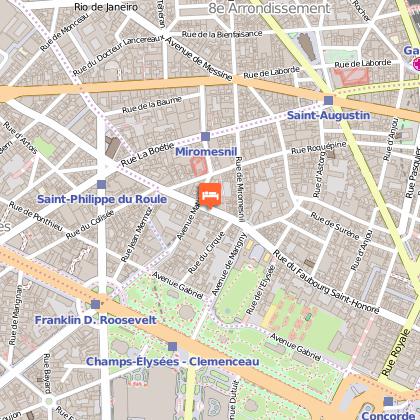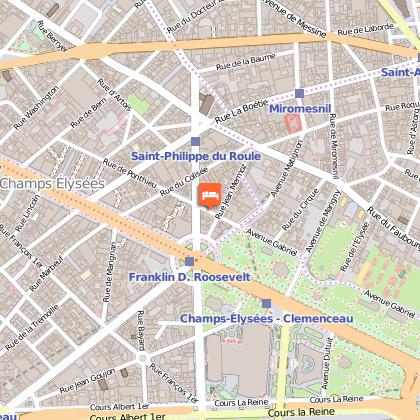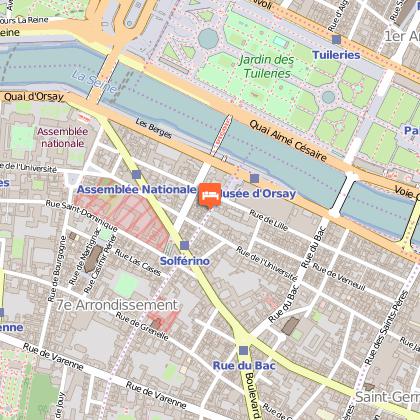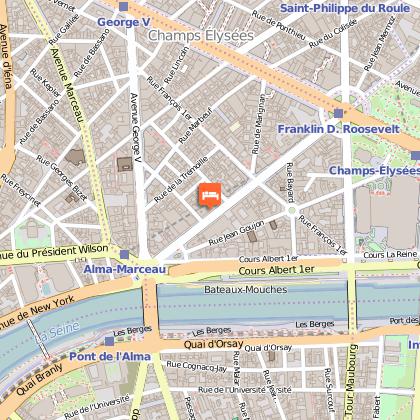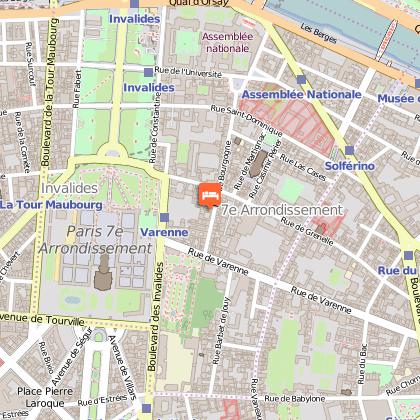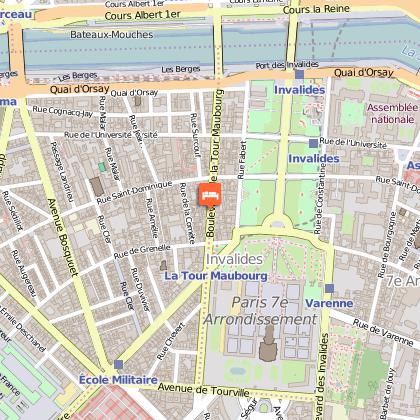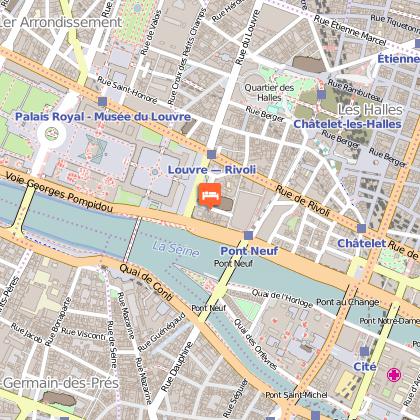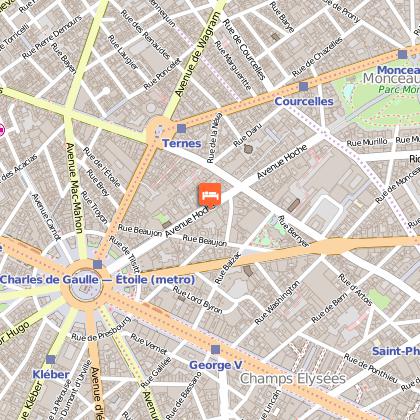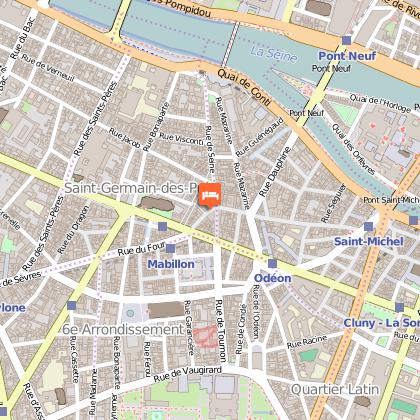Tours
Activities
Places of interest
Where to eat
Where to sleep
Unveil Paris-8e with Grand Café Fauchon
Are you the owner?Nestled in the heart of the prestigious Paris-8e arrondissement, GRAND CAFE FAUCHON opens the door to a myriad of local activities and discoveries. Stroll along the iconic Champs-Élysées, admire the luxurious shop windows, and explore the Madeleine district. The nearby Parc Monceau offers an ideal setting for a relaxing walk. Don't miss visiting emblematic museums such as the Palais de la Découver...See more
Walking around GRAND CAFE FAUCHON
See more suggestionsExplore the parks and paths of GRAND CAFE FAUCHON.
See more suggestionsWhat to do in GRAND CAFE FAUCHON
See more suggestionsExciting adventures await you in GRAND CAFE FAUCHON, book now.
See more suggestionsIGN cards
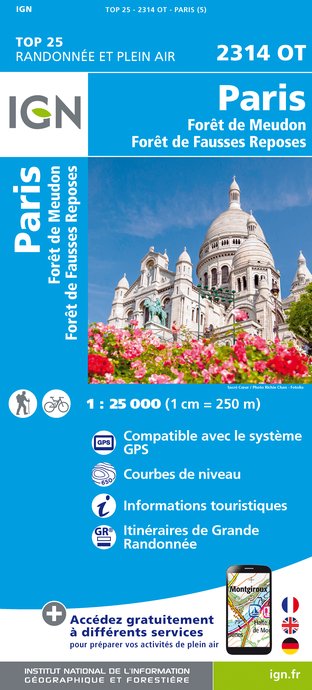
2314OT - PARIS FORÊT DE MEUDON FORÊT DE FAUSSES REPOSES
Editor : IGN
Collection : TOP 25 ET SÉRIE BLEUE
Scale : 1:25 000
13.90€
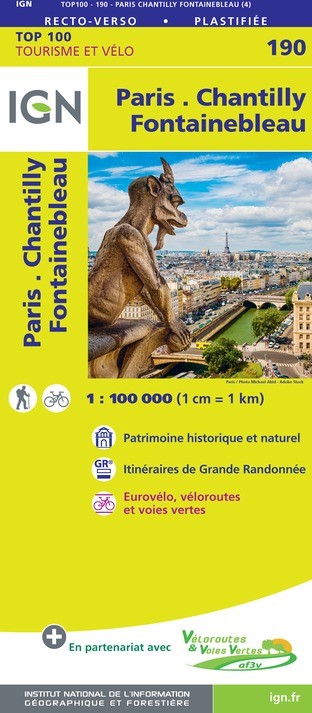
190 PARIS CHANTILLY FONTAINEBLEAU
Editor : IGN
Collection : TOP 100
Scale : 1:100 000
8.40€
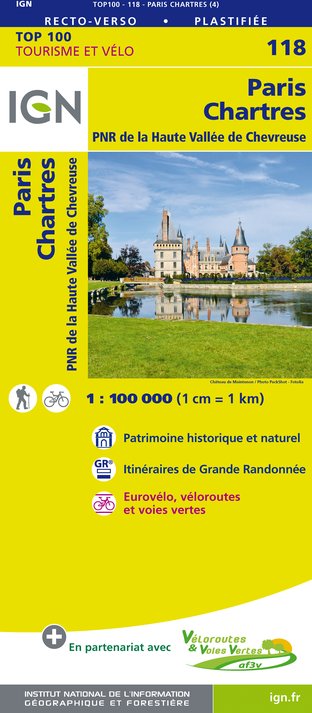
118 PARIS CHARTRES PNR DE LA HAUTE VALLÉE DE CHEVREUSE
Editor : IGN
Collection : TOP 100
Scale : 1:100 000
8.40€
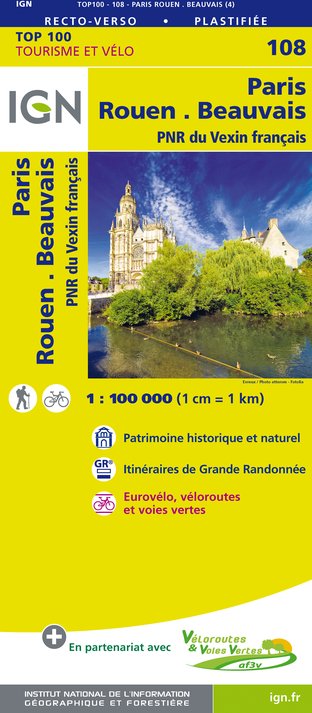
108 PARIS ROUEN BEAUVAIS PNR DU VEXIN FRANÇAIS
Editor : IGN
Collection : TOP 100
Scale : 1:100 000
8.40€
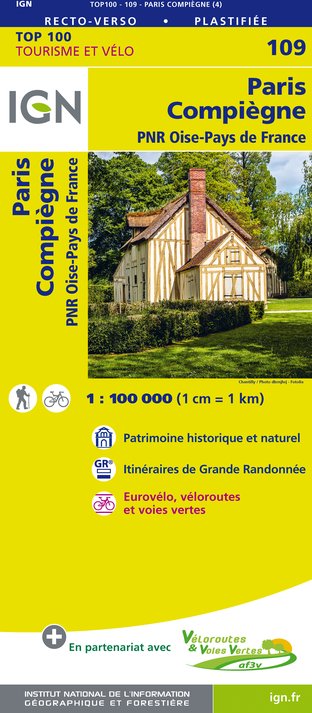
109 PARIS COMPIÈGNE PNR OISE-PAYS DE FRANCE
Editor : IGN
Collection : TOP 100
Scale : 1:100 000
8.40€

D75-95 ÎLE-DE-FRANCE OUEST
Editor : IGN
Collection : CARTES DÉPARTEMENTALES IGN
Scale : 1:150 000
5.90€

D77 SEINE-ET-MARNE
Editor : IGN
Collection : CARTES DÉPARTEMENTALES IGN
Scale : 1:150 000
5.90€

D28 EURE-ET-LOIR
Editor : IGN
Collection : CARTES DÉPARTEMENTALES IGN
Scale : 1:150 000
5.90€

NR01 HAUTS-DE-FRANCE
Editor : IGN
Collection : CARTES RÉGIONALES IGN
Scale : 1:250 000
6.80€
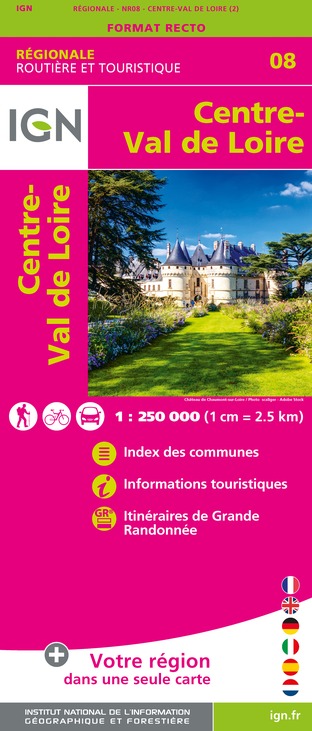
NR08 CENTRE-VAL DE LOIRE
Editor : IGN
Collection : CARTES RÉGIONALES IGN
Scale : 1:250 000
6.80€

NR03 ÍLE DE FRANCE
Editor : IGN
Collection : CARTES RÉGIONALES IGN
Scale : 1:250 000
6.80€
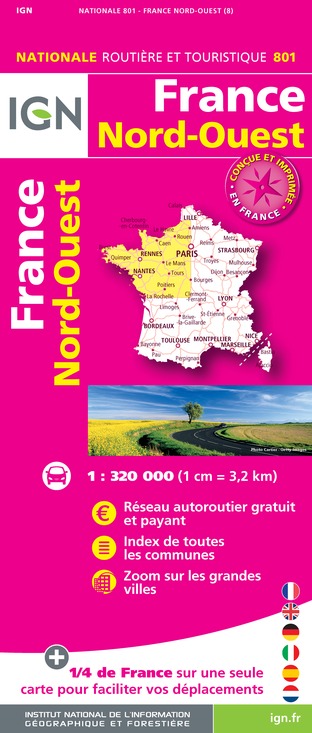
801 FRANCE NORD OUEST
Editor : IGN
Collection : CARTES NATIONALES IGN
Scale : 1:320 000
6.10€

EUROPE
Editor : IGN
Collection : DÉCOUVERTE DES PAYS DU MONDE IGN
Scale : 1:2 500 000
7.00€
What to visit in GRAND CAFE FAUCHON
See more suggestionsVisit the museums and galleries of GRAND CAFE FAUCHON.
See more suggestionsWhere to eat in GRAND CAFE FAUCHON
See more suggestionsDiscover the culinary diversity of GRAND CAFE FAUCHON.
See more suggestionsWhere to sleep in GRAND CAFE FAUCHON
See more suggestionsEnjoy your stay with accommodations in GRAND CAFE FAUCHON.
See more suggestions




















